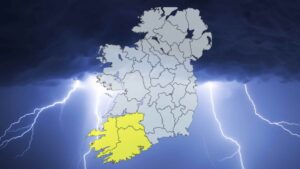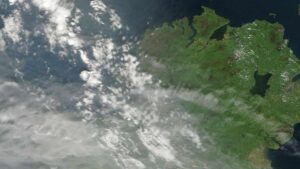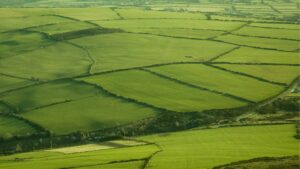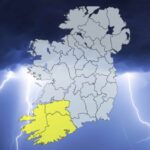
Study Traces Canada Wildfires That Sent Smoke Over Ireland
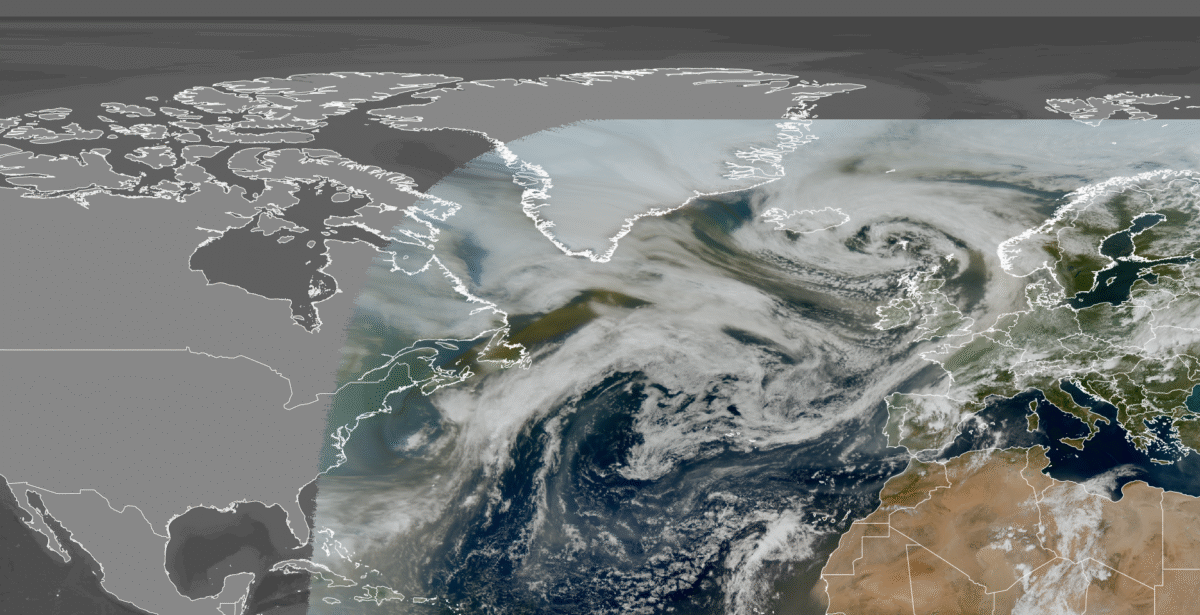
Unusual weather conditions and stressed vegetation created the perfect conditions for the devastating wildfires that swept through Manitoba in May, according to new research.
The study, published in Earth and led by Professor Hossein Bonakdari of the University of Ottawa, examined how anomalies in temperature, rainfall, snow cover and vegetation combined ahead of the fires, which burned 8,667 sq km, claimed lives and forced nearly 1,000 people to evacuate. The blazes were so intense that their smoke drifted thousands of kilometres, crossing the Atlantic and lingering in Irish skies.
Researchers found that a combination of unseasonably warm temperatures, prolonged drought and reduced snowpack left soils among the driest on record in early 2025. Vegetation showed signs of severe stress before the first fires broke out.
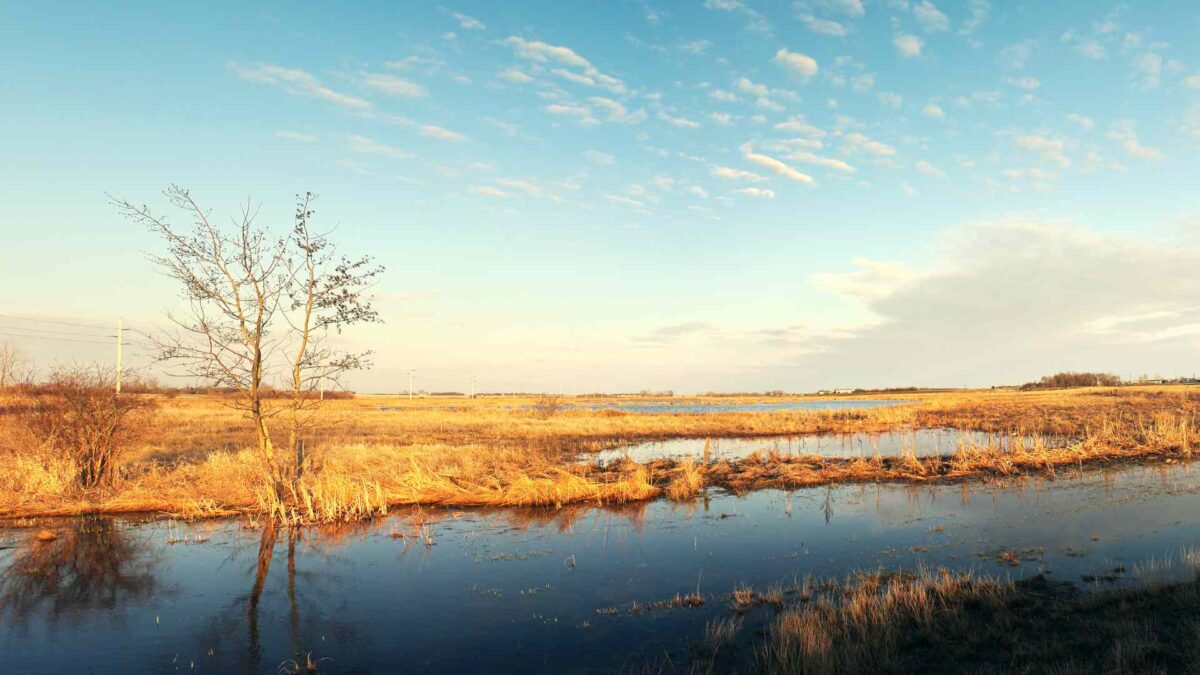
Satellite data revealed that rainfall deficits and low soil moisture reduced greenness across the landscape, making it far more flammable. The report describes this as a “synergistic interaction” — when moderate but simultaneous environmental stresses elevate fire risk beyond what individual factors would suggest.
The fires spread faster than in previous years, which the authors say points to shifting fire dynamics in boreal regions. They recommend that wildfire risk monitoring integrate climate and vegetation indicators to better anticipate severe events.
“As we face more frequent and severe fire seasons, it is imperative that we adapt our strategies to better anticipate and manage wildfire outbreaks,” Professor Bonakdari said.









